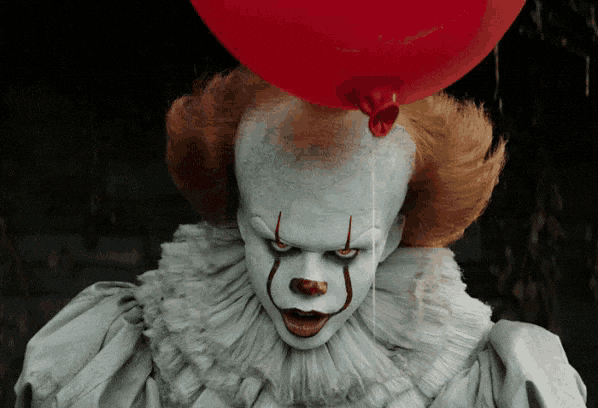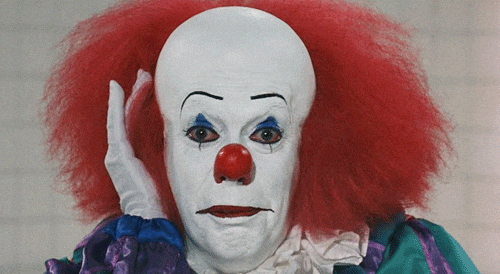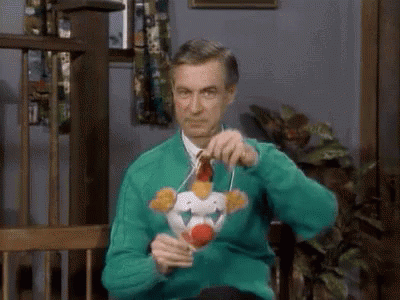
IT

Lucifer Lesson: Facing the Clown – Overcoming the Fear of the Painted Mask
The Fear of Clowns: A Masked Mirror of the Inner Child
Clowns were once symbols of laughter and lightness—sacred fools who exposed truth through humor. But for many, especially in modern times, clowns evoke fear, anxiety, and discomfort. This is called coulrophobia, the fear of clowns. But why does this fear arise?
Shadow Truth: Why Are People Scared of Clowns?
Distorted Human Features
Clowns have exaggerated facial expressions—oversized smiles, painted tears, and often frozen expressions. This distorts natural human emotion, confusing the mind and triggering the uncanny valley response—where something appears human but "off."
Hidden Intentions
A clown's makeup masks their true identity. This triggers distrust in the subconscious, especially in children, who rely on reading faces for safety and communication. The mask becomes symbolic of hidden motives or false personas, echoing betrayals or untrustworthy figures from childhood.
Pop Culture & Conditioning
Horror films like Stephen King's IT amplify this fear. Pennywise the clown is not a joke—he’s a predator who feeds on fear, especially the fears of children. Through media, clowns became archetypes of deceptive danger—a twisted symbol of innocence gone wrong.
Childhood Trauma & Inner Child Wounds
Many people encounter clowns at birthday parties, circuses, or TV shows—where they’re expected to laugh and feel joy, even if their inner child felt fear, confusion, or discomfort. If this was dismissed by adults, it created a repressed trauma—a sense of not being safe to express discomfort.
IT Chapters One and Two: Shadow Work in Cinematic Form
IT Chapter One (2017):
A group of children in the town of Derry confront Pennywise, an ancient shapeshifting being who feeds on their fears—often appearing as a clown. Pennywise targets their specific traumas (abuse, grief, self-worth, etc.), becoming stronger as their fear grows.
Lesson: The more they believe in their fear, the more power the clown has. But when they face their trauma—together, with courage—he weakens.
IT Chapter Two (2019):
Now adults, they return to Derry to finish what they started. They realize that fear still lives inside them, but it has only power when they believe in it. Each character must confront their personal shadow to reclaim power from Pennywise.
Lesson: Growth happens when we return to our wounds with awareness and self+love. The fear doesn’t disappear by avoidance—it disappears when we face it head-on.

Lucifer's Wisdom: Fear Is Just a Mask
Lucifer, the Light Bringer, invites you into the shadow not to scare you, but to liberate you. The clown is the mirror of your inner child’s unprocessed fear, begging to be held, acknowledged, and loved.
Lucifer says:
“The clown is not evil. The fear you see in it is the fear within you. Remove the paint, and it’s a soul. Just like you. The monster wears makeup. The fear wears a mask. Take off the mask. Look within.”

How to Heal the Fear of Clowns (and Similar Phobias)
Acknowledge the Fear
Don’t laugh it off or minimize it. Say: “Yes, I’m afraid. I don’t know why, but I’m willing to look.”
Inner Child Connection
Ask yourself:
Where did this fear start?
Was I ever uncomfortable around a clown as a child?
Did adults dismiss my fear or shame me for it?
Then, in meditation or journaling, speak to that inner child. Reassure them: “You’re safe now. I believe you. You don’t have to be afraid anymore.”
Watch IT With Awareness
Rewatching horror films like IT through the lens of empowerment, not entertainment, helps you consciously transmute the fear. You're no longer the helpless child watching—you’re the Light Being reclaiming power.
See the Humanity in the Clown
Look at real clowns. Watch videos of non-scary, silly clowns. Observe the person behind the makeup. Remind yourself: “This is just someone in costume. It’s only paint.”
Make Friends With Your Shadow
The clown represents unpredictability, chaos, and discomfort. Instead of rejecting it, welcome it as a teacher. Ask: “What are you showing me that I don’t want to face?”
Final Reflection: There Is Nothing to Fear but Fear Itself
Pennywise fed on the fear of others. But when the kids laughed in his face, stood tall, and refused to believe in his power, he shrank and was gone.
That's the key:
“When you stop believing in the monster, the monster can’t survive.”
This is the Lucifer path of power—not rejecting the fear, but illuminating it. You transmute the shadow by naming it, facing it, and realizing: it was never stronger than you.

